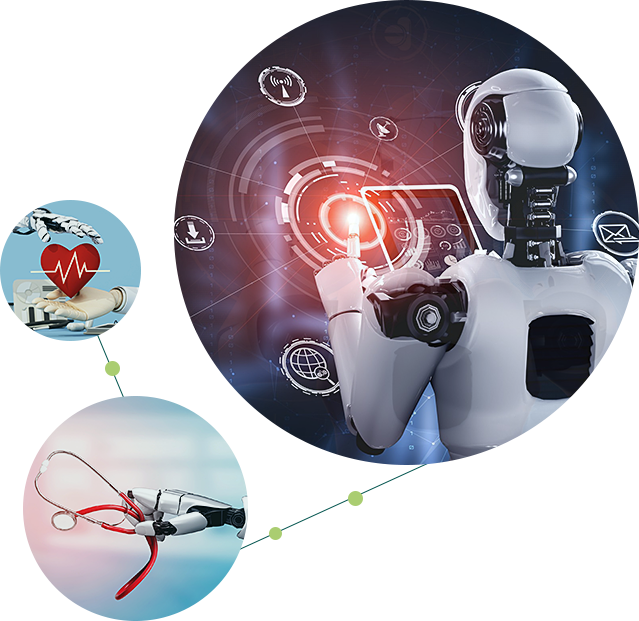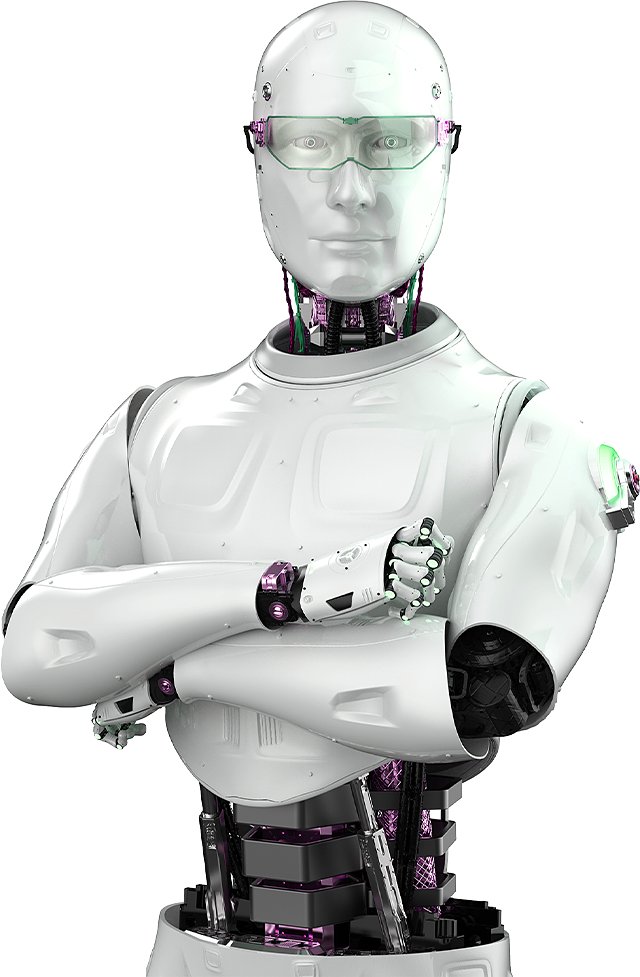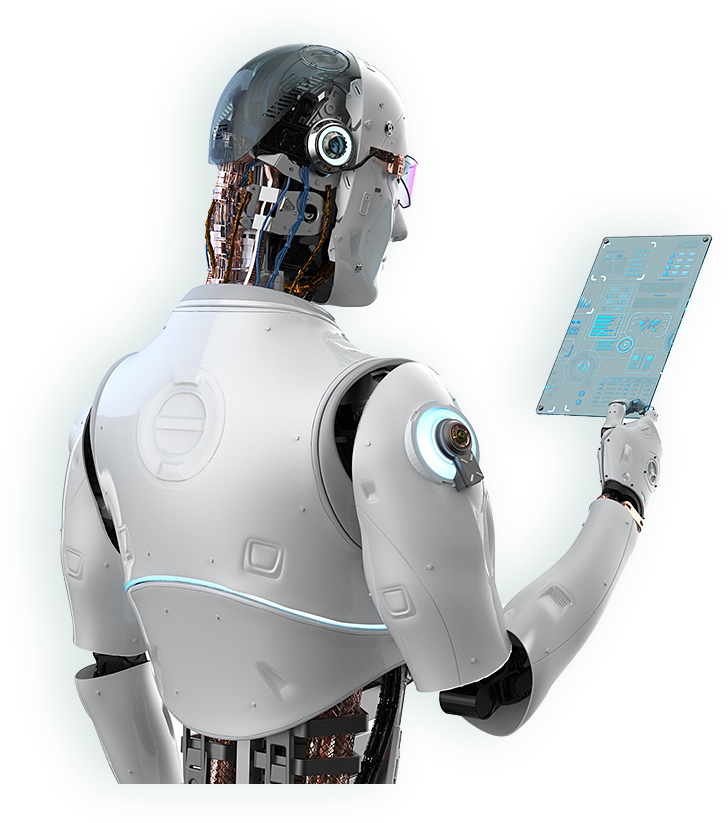

Artificial Intelligence (AI) is a field of computer science focused on creating machines that can perform tasks typically requiring human intelligence—such as learning, reasoning, problem-solving, and decision-making. AI aims to develop systems that think and act like humans.
Through the process of doping, elements like phosphorus or boron are added to silicon crystals. This adjusts electrical behavior and helps build powerful microchips and circuits.
When using AI to generate or analyze testimonials
Machines that respond to real-time stimuli without memory.
Systems that can use past data to inform present decisions.
AI that understands beliefs and intentions—currently beyond our reach.
AI in data analysis involves using artificial intelligence to analyze large datasets, identify patterns, and derive actionable insights. This allows data analysts to uncover trends, gain insights into consumer behavior, and make better-informed business decisions.

Completed Projects

Satisfied Clients

Completed Projects

Satisfied Clients


These machines would understand the mental states of others, such as beliefs and intentions, a capability currently beyond our AI capabilities.






Think of AI as teaching machines to “think” like us—learn, make decisions, solve problems. It’s like giving software a brain. Not magic just very smart algorithms.
Not quite. AI is the big picture. Machine learning is one of its smartest kids. It’s the part of AI that learns from data and improves over time without someone coding every step.
Short answer: everywhere. Voice assistants, Netflix suggestions, Google Maps rerouting traffic if it feels smart, AI is likely behind it.
When it’s built right. In healthcare, it helps detect diseases early. In finance, it spots fraud faster than any human could. But trust transparency & regulation.
It might change jobs more than replace them. It handles the boring stuff so humans can focus on creative, meaningful work. It’s a tool not a takeover.
A semiconductor is a material that has electrical conductivity between that of a conductor and an insulator. It can conduct electricity under certain conditions, making it ideal for controlling electrical signals in devices.
Silicon is abundant, cost-effective, and has an ideal crystalline structure for creating efficient electronic components. It also forms a stable oxide layer, making it perfect for microchip manufacturing.
They’re found in almost all modern electronics: smartphones, computers, TVs, medical devices, solar panels, and even cars. They help manage power and process information.
Advancements in AI, quantum computing, and nanotechnology are driving the semiconductor industry forward. New materials like graphene and gallium nitride are also emerging as game-changers.
Doping involves adding small amounts of impurities to a semiconductor to change its electrical behavior. It increases conductivity and allows precise control of current flow, which is essential in building transistors and integrated circuits.
Websites of AI software and platform providers often include testimonials from their users.